Description
ABSTRACT
The purpose of the study was to determine the effect of self instruction technique SIT on low achieving students in mathematics. Two research questions were answered and two null hypotheses tested. The population for the study was made up of 5,395 low achieving students in mathematics in Senior Secondary School II SSS II students in Awka Education Zone of Anambra State School System. The sample for the study was 104 SSS II low achieving students in mathematics. An instrument known as Mathematics Achievement Test MAT with 30 items was used for data collection. The data collected were analyzed using arithmetic mean and standard deviation to answer the research questions and analysis of covariance ANCOVA to test the hypotheses at 0.05 level of significance. Results revealed that self instruction technique SIT is effective in enhancing the achievement of low achieving students in mathematics. self instruction technique SIT is more effective in enhancing the mathematics achievement of female low achieving students in mathematics than males. Based on the findings and their implications, it was recommended among others that school guidance counsellors should adopt this technique during group counselling on study habit techniques to enhance the achievement of low achieving students in mathematics among secondary school students. Also the limitations of the study and suggestions for further research were highlighted.
TABLE OF CONTENTS
TITLE PAGE i
APPROVAL PAGE ii
CERTIFICATION iii
DEDICATION iv
ACKNOWLEDGEMENTS v
TABLE OF CONTENTS vii
LIST OF TABLES x
LIST OF FIGURES xi
ABSTRACT xii
CHAPTER ONE: INTRODUCTION
Background to the Study 1
Statement of the Problem 7
Purpose of the Study 8
Significance of the Study 9
Scope of the Study 12
Research Questions 12
Hypotheses 12
CHAPTER TWO: REVIEW OF RELATED LITERATURE
Conceptual Framework 14
Concept of self Instruction Technique 15
Concept of Achievement 19
Concept of low achievement 20
Theoretical Framework
Constructivism and Constructivist Theory by Baldwin, Piaget,
Vygotsky and Bruner 23
SocialCultural Theory by Lev Semenovich Vygotsky 32
SelfRegulation Theory by Zimmerman, Pintrich and Baekaerts 37
SelfMonitoring Theory by Mark Synder 49
Theoretical Studies
Ingredients for SelfInstruction technique 51
Need for Achievement 77
Factors Associated with Academic Achievement 77
Clinical Picture of LowAchieving Students 79
Identification of Slow Learners 82
Causes of LowAchievement 83
Instructional Principles of Constructivism 86
Constructivist Approach Guidelines 90
Empirical Studies
Empirical Studies on SelfInstruction 92
Empirical Studies on LowAchieving Students 106
Summary of Literature Review 114
CHAPTER THREE: METHOD
Research Design 117
Area of the Study 119
Population of the Study 119
Sample and Sampling Technique 120
Instrument for Data Collection 121
Validation of the Instrument 122
Reliability Test of the Instrument 123
Control of Extraneous Variables 124
Method of Data Collection 129
Method of Data Analysis 132
Experimental Procedures 133
Activities for the Control Group 157
CHAPTER FOUR: PRESENTATION AND ANALYSIS OF DATA
Summary of Findings 159
CHAPTER FIVE: DISCUSSION OF RESULTS,
CONCLUSION AND RECOMMENDATIONS
Discussion of Results 163
Conclusion from the Study 167
Implications of the Study 169
Recommendations 171
Limitations of the Study 173
Suggestions for Further Research 174
Summary of the Study 175
REFERENCES 177
APPENDICES 194

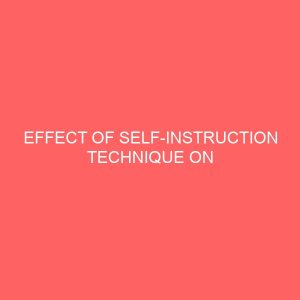

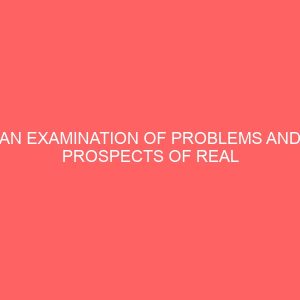

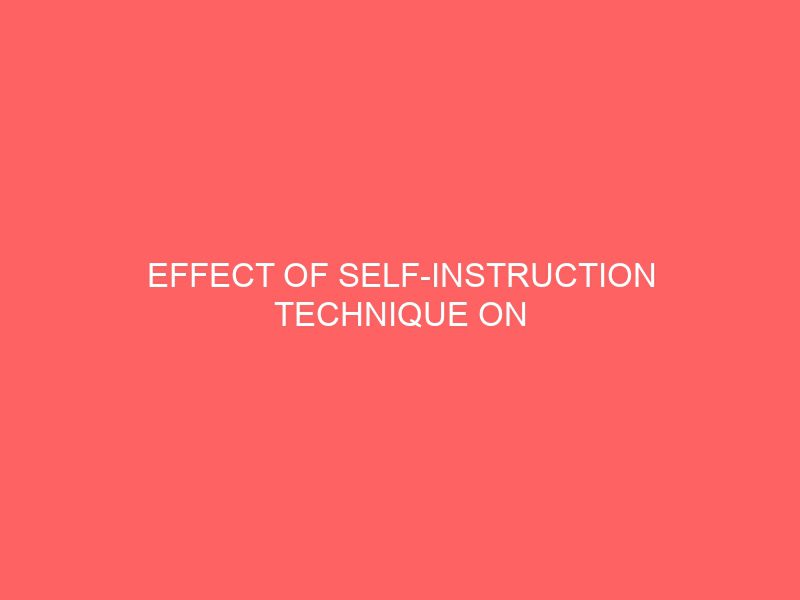
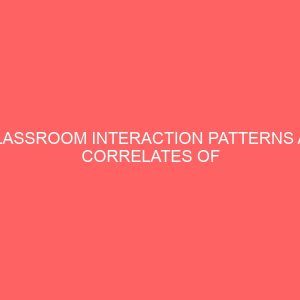
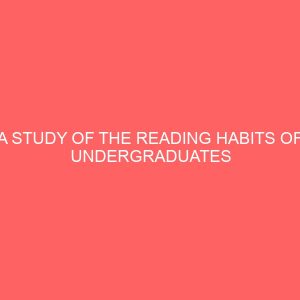
Reviews
There are no reviews yet.